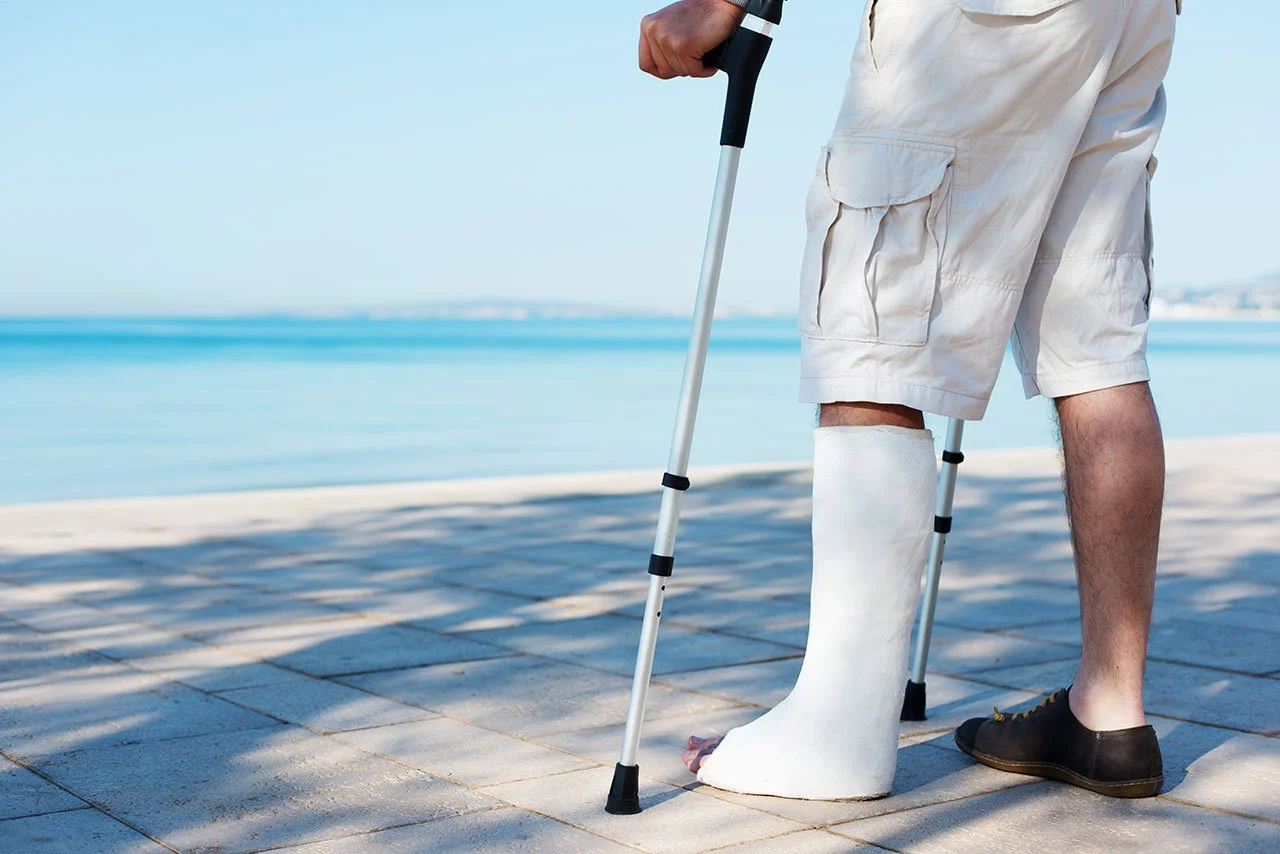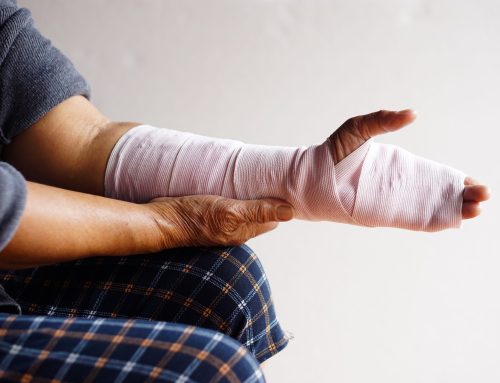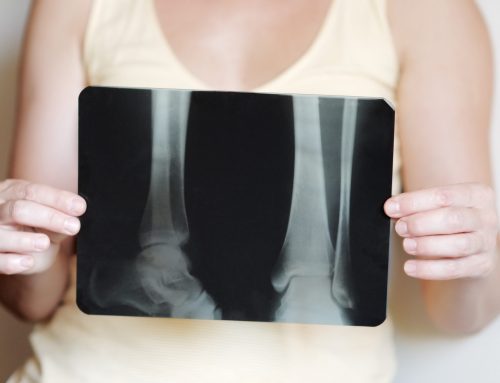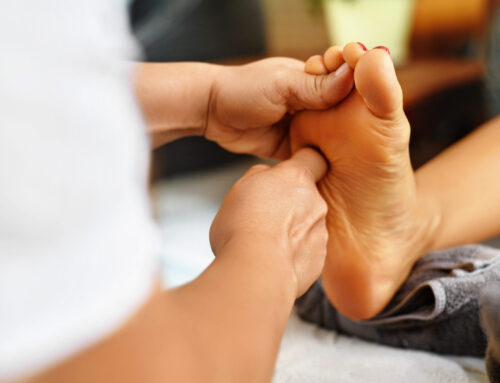Bone healing is a fascinating process. The hard yet flexible substances that make up our skeleton support us. From dancing to simply lifting the laundry basket, our bones allow us to move and support our lifestyle in a number of ways. But when a bone breaks and you start the fracture healing process, it can feel like your whole world has turned upside down. How long will you have to live without the full range of motion like you used to? When will you be able to dance the night away again? Let’s take a look at the 5 stages of fracture healing, so you know what to expect and tips to get you back to pre-injury living asap.

5 Stages of Fracture Healing
Breaking a bone can put a damper on your plans during any season. You have to keep the cast dry, and you’ll likely be limited on some physical activities. If you or a loved one has broken a bone, here are the 5 stages of fracture healing you’ll experience along the way.
Stage one: hematoma formation
Your body has its own internal alarm that sounds when you’re injured. The second your cells get wind of it, they’re quickly getting to work during the first stage of fracture healing. On the outside, it may just look like your injury site is swelling. A systematic orchestra of cells working to form a clot is happening on the inside – the good kind.
The clot that forms around the break protects the injury site while your special cells called the phagocytes (which means cells that eat) start, for lack of a better description, eating your unwanted bacteria or pieces of bone that broke off from the injury. Kind of like your personal internal clean-up crew. Your body will continue this process for the first 1-2 weeks of your recovery.
Stage two: fibrocartilaginous callus formation
Stage two is when your bone healing process actually starts. At this point, your white blood cells should have removed all of the unwanted bacteria and “debris” left over. Now the ends of your bones will work to become joined and stabilized. This happens anywhere from 4-21 days after your injury.
The process that is taking place is quite fascinating. Your cells that are capable are transforming into bone cells so they can start laying down new bone tissue. This tissue is referred to as a fracture callus. It is weak and needs to be protected, which is why you may require a cast for a while to keep it safe. This is because the hardening starts at each end of your bone and begins to harden towards the centre. This doesn’t happen overnight and does take some time. This stage can take 1-2 months before you move to stage 3. The timeline of your fracture healing largely depends on the fracture site, age, and health.
Stage three: bony callus formation
In the following weeks of your bone healing journey, your soft fibrocartilaginous callus gets replaced by a bony callus. A lot of fancy medical terms that mean new bone is starting to form, and they’re taking minerals from your body to strengthen it. This is when the callus will harden, and you’ll be closer to pre-injury living. You’ll also begin to form new blood vessels that will support the growth. This process can take place anywhere from week 6 to week 12 of the fracture healing process.
Stage four: bone remodelling
During the fourth stage, cells called osteoclasts break down any extra bone that was formed to protect the area until it’s healed and back to its original shape. They don’t do this quickly, like a construction crew doing a demo on a building. It’s a slow process that takes time.
The good news is that your bone is strong by this point. So don’t get scared when you find out the fourth stage of bone healing can take 3-9 years. You can function just as you did pre-injury, just maybe a bit more carefully. Of course, your injury may not be your fault, but there are some lifestyle updates you can make to strengthen your bones in case of a future incident.
Stage five: recovery and bone support
Bone healing can be a lengthy, frustrating journey. But how you handle your recovery and further support your bones will make all the difference. Besides bed rest and listening to your doctor’s recommendations, you can take charge of your healing by eating right, adapting good lifestyle habits, and using a low-intensity pulsed ultrasound device. You’ll want to:
- Give your body enough energy with healthy eating.
- Focus on your protein, vitamin, and mineral intake. You’ll want to pay special attention to your calcium and vitamin D to ensure the best support for your bones.
- Avoid smoking and alcohol during the fracture healing process.
- Consider incorporating bone-building exercises or physical therapy into your routine.
- Stimulate your cell reproduction and protein expression for accelerated healing.
A LIPUS (low-intensity pulsed ultrasound) device has been proven to heal non-union fractures by 86% and heal fresh fractures 38% faster. That means you’ll be back to normal faster than someone who isn’t proactive about their bone healing process. Contact us to discover if this device can help you get back to pre-injury living before you know it.
How long did it take to heal if you’ve had a fracture? Where was the fracture? What were your doctor’s recommendations? Share your experience with our readers who are curious about the next steps of the bone healing process.






Leave A Comment